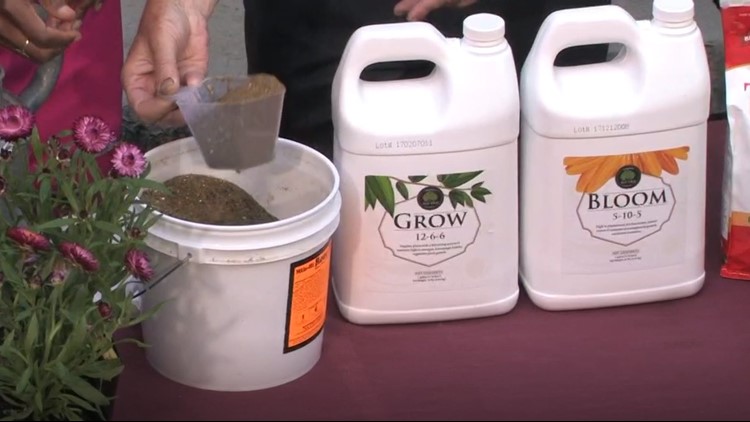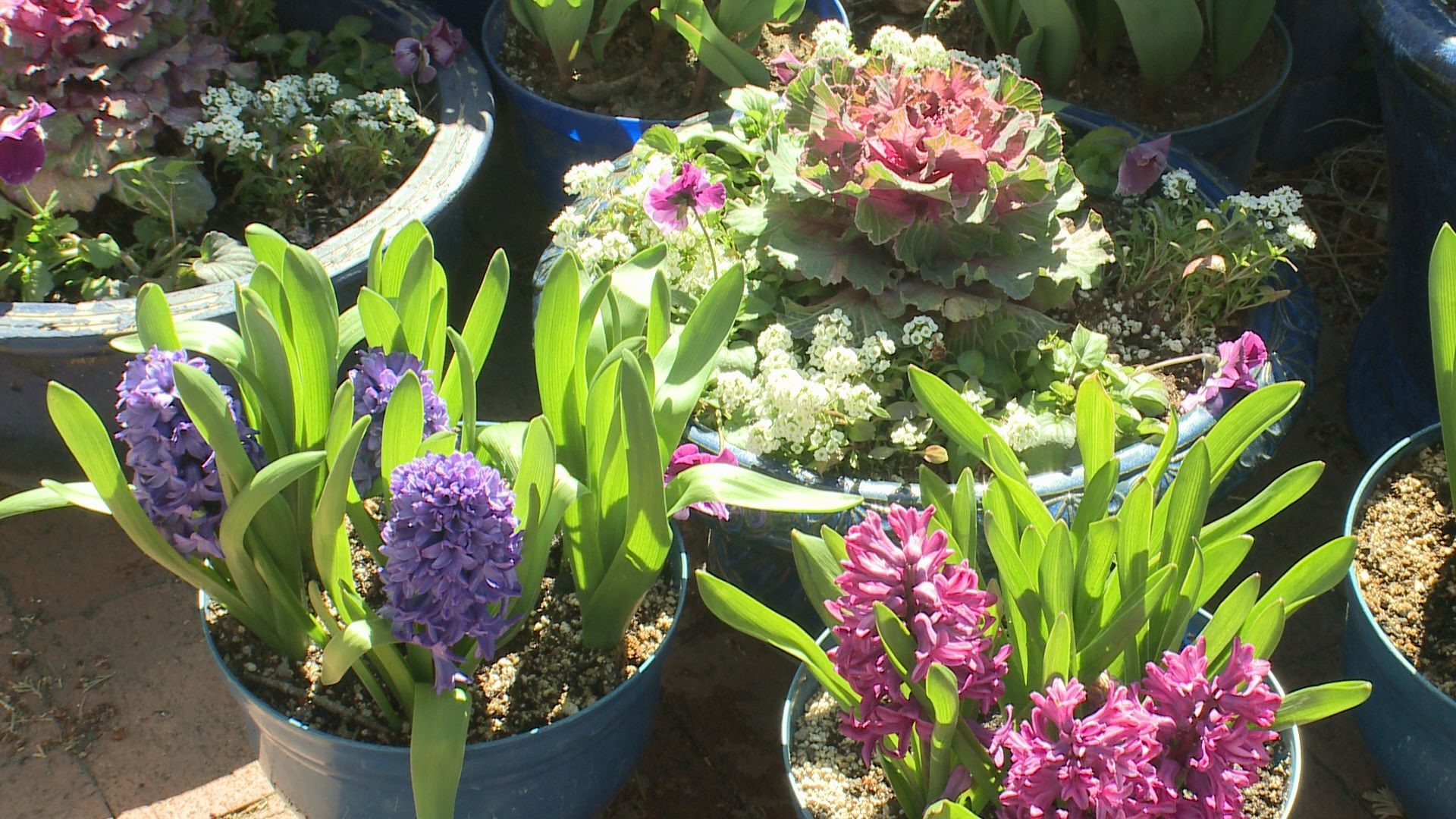Some plants need fertilization. Some don't.
Lawns get the most fertilizer (often too much) but other plants that benefit from extra nutrients include annuals, vegetables and roses. Those grown in the confines of pots often need a steady regimen of fertilization.
Fertilizers contain three main ingredients -- nitrogen, phosphorous and potassium. The ratio of these elements is listed in order on the container, such as 5-10-5. All three are vital to plant growth. Nitrogen encourages growth. Phosphorous encourages blooming. Potassium encourages rooting and a healthy plant metabolism.
Fertilizers are formulated for particular plants. Grass and corn, for example, thrive with a high-nitrogen diet. Most blooming plants will benefit from a formula with a higher ratio of phosphorous. This type is often labeled as a "bloom booster." In addition, most fertilizers contain low concentrations of other elements that plants need such as copper, iron, magnesium, zinc and boron.
Plants with particular needs, such as roses, benefit from a fertilizer specifically tailored for them.
I keep it as simple as possible in my garden. The lawn gets composted manure in spring. The roses get three applications of Mile-High Rose Food on May 15, June 15 and August 1. The vegetables receive an organic fertilizer designed for them at planting and periodically throughout summer depending on performance. Tomatoes are a special case and are fertilized at planting time with a fertilizer formulated just for them. (Too much nitrogen on tomatoes will result in jungle-like growth but lousy fruit production.) Container plants, of which I have hundreds, get a standard, liquid-based organic fertilizer high in nitrogen at the beginning of the season. As they reach full size, I switch to a bloom booster.
When you should fertilize depends on the kind of plants. Roses have a definite schedule. My pots get fed every 10 to 14 days. How they're performing determines whether vegetables need additional feeding. I never fertilize perennials.
The rose food and vegetable food I use are both granular so they are applied dry at the base of the plant and watered in. The fertilizer container plants and annuals is liquid. I mix it in a watering can.
Australian plants are an interesting case. The soil on the continent of Australia is deficient in phosphorous. Plants native to Australia evolved with a very low need for it. A bloom booster high in phosphorous will have little effect on them. These include blue star flower, kangaroo paws, straw flower and fan flower. They will perform best with a higher ratio of nitrogen and potassium.



